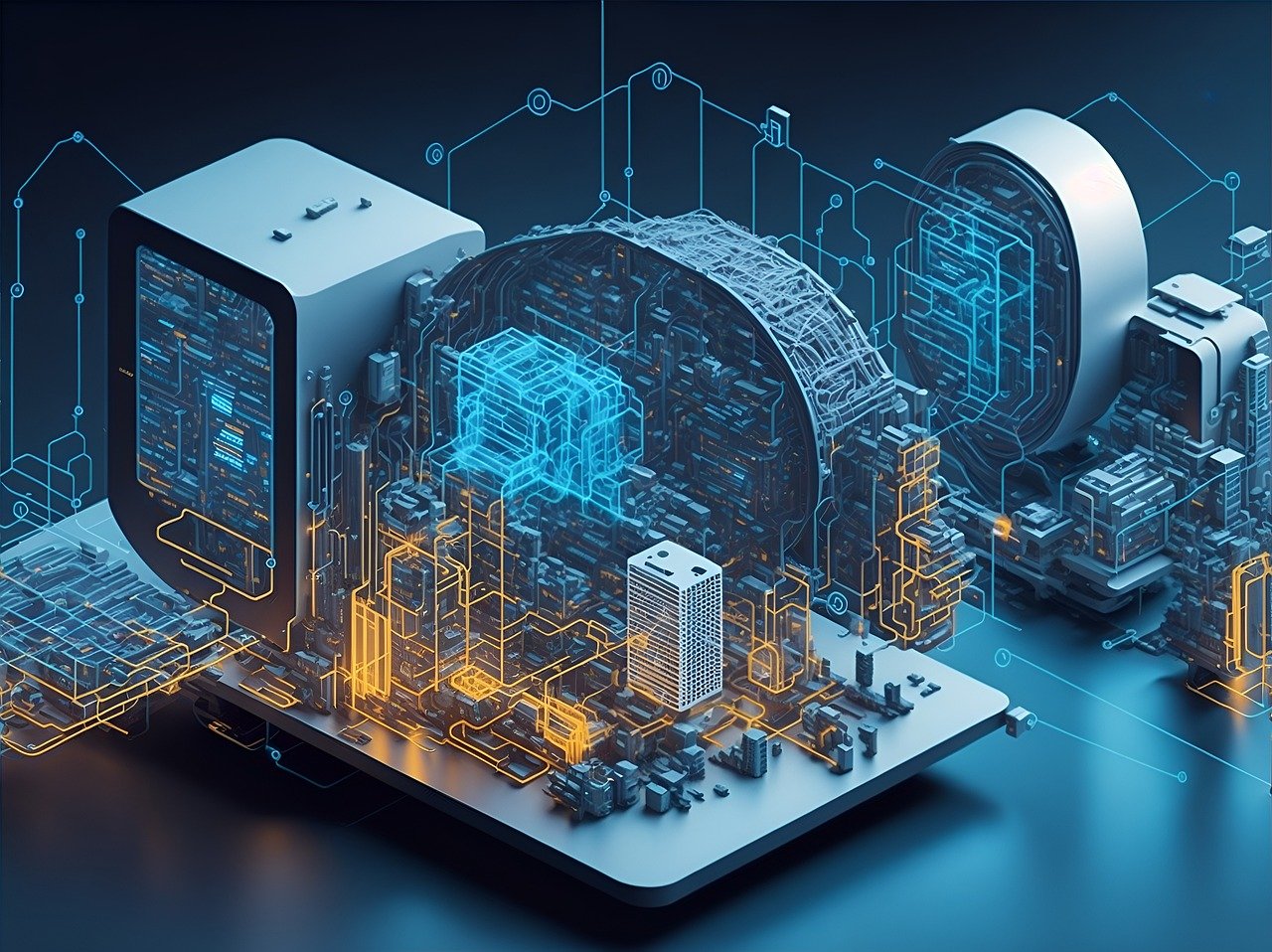Introduction
The Internet of Things (IoT) is revolutionizing how cities manage energy consumption and distribution. By connecting devices and systems through the internet, IoT enables real-time monitoring, data analysis, and automation, leading to more efficient energy management. This article explores the role of IoT in urban energy management, its benefits, challenges, and future prospects.
Understanding IoT in Energy Management
What is IoT?
The Internet of Things refers to a network of interconnected devices that communicate and exchange data over the internet. These devices can include sensors, smart meters, appliances, and more, allowing for seamless integration and automation of various processes.
How IoT Applies to Energy Management
In the context of energy management, IoT enables cities to monitor energy consumption, optimize resource allocation, and reduce waste. By collecting and analyzing data from various sources, cities can make informed decisions that lead to more sustainable energy practices.
Applications of IoT in Urban Energy Management
1. Smart Grids
Smart grids are a cornerstone of IoT in energy management. By integrating IoT technology, smart grids enable real-time monitoring of electricity demand and supply, facilitating better management of energy distribution.
Key Features:
- Dynamic Load Balancing: IoT sensors can detect fluctuations in energy demand and adjust distribution accordingly, preventing overloads.
- Renewable Energy Integration: Smart grids can efficiently manage the input from renewable energy sources, such as solar and wind.
2. Smart Meters
Smart meters provide detailed insights into energy consumption patterns at both individual and community levels. These devices collect data that can be used for real-time monitoring and analysis.
Benefits:
- Consumer Awareness: Users receive information about their energy usage, promoting energy-saving behaviors.
- Time-Based Pricing: Utilities can implement dynamic pricing strategies based on real-time demand, encouraging off-peak usage.
3. Energy-Efficient Buildings
IoT technology enhances the energy efficiency of buildings through smart systems that control lighting, heating, and cooling based on occupancy and usage patterns.
Examples:
- Smart Thermostats: These devices learn user preferences and adjust temperatures automatically, reducing energy waste.
- Automated Lighting: Sensors can turn lights on or off based on occupancy, optimizing energy use in commercial and residential spaces.
4. Electric Vehicle (EV) Integration
As cities promote electric vehicles, IoT plays a crucial role in managing charging infrastructure and optimizing energy distribution.
Features:
- Smart Charging Stations: These stations can adjust charging rates based on grid demand and availability of renewable energy.
- Fleet Management: IoT can help optimize routes and charging schedules for electric public transportation, enhancing efficiency.
5. Demand Response Programs
IoT enables demand response initiatives, where consumers are incentivized to reduce or shift their energy usage during peak demand times.
How It Works:
- Real-Time Communication: Utilities can communicate with consumers to request reduced usage during peak times, utilizing IoT devices to manage load efficiently.
- Incentives for Participation: Participants may receive financial incentives, fostering community involvement in energy conservation.
Benefits of IoT in Energy Management
1. Increased Efficiency
By optimizing energy consumption and distribution, IoT can significantly reduce waste, leading to cost savings for both consumers and utilities.
2. Enhanced Sustainability
IoT technologies facilitate the integration of renewable energy sources, contributing to a more sustainable urban energy ecosystem.
3. Improved Reliability
Real-time monitoring and data analysis enhance the reliability of energy systems, reducing outages and improving service quality.
4. Better Decision-Making
Access to comprehensive data allows city planners and utility companies to make informed decisions about energy infrastructure and investments.
Challenges of Implementing IoT in Energy Management
1. Data Security and Privacy
The interconnected nature of IoT raises concerns about data security and privacy. Ensuring robust cybersecurity measures is essential to protect sensitive information.
2. Infrastructure Investment
Implementing IoT solutions requires significant investment in infrastructure and technology, which can be a barrier for some cities.
3. Interoperability
The diversity of IoT devices and platforms can lead to interoperability challenges, hindering seamless communication and data sharing.
4. Regulatory Hurdles
Navigating regulations related to energy management and data usage can be complex, requiring collaboration between various stakeholders.
Future Prospects of IoT in Urban Energy Management
1. Smart City Initiatives
As cities continue to evolve into smart cities, the integration of IoT in energy management will be crucial. Future initiatives may include:
- Comprehensive Energy Management Platforms: Centralized systems that integrate various IoT applications for holistic energy management.
- Predictive Analytics: Utilizing AI and machine learning to forecast energy demand and optimize resource allocation.
2. Enhanced Community Engagement
IoT can empower communities to take an active role in energy management. Tools that provide real-time data and insights can encourage residents to adopt sustainable practices.
3. Global Collaboration
International collaboration on IoT standards and best practices can facilitate knowledge sharing and accelerate the adoption of smart energy solutions worldwide.
4. Continuous Innovation
As technology advances, new IoT applications for energy management will emerge, driven by innovations in connectivity, data analytics, and renewable energy technologies.
Conclusion
The Internet of Things is poised to transform urban energy management, offering innovative solutions for efficient and sustainable energy use. By enabling real-time monitoring, data analysis, and automation, IoT can help cities optimize their energy resources, reduce waste, and enhance the quality of life for residents. While challenges remain, the future of energy management in cities is bright, driven by the potential of IoT to create smarter, more resilient urban environments. As cities embrace these technologies, the path toward sustainable energy management will become increasingly attainable.
